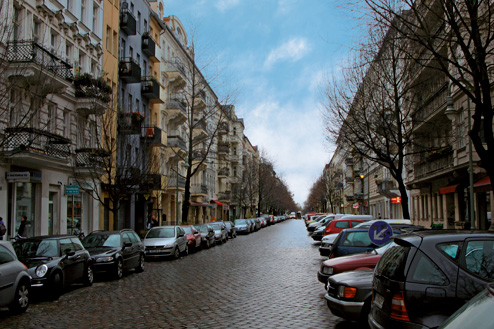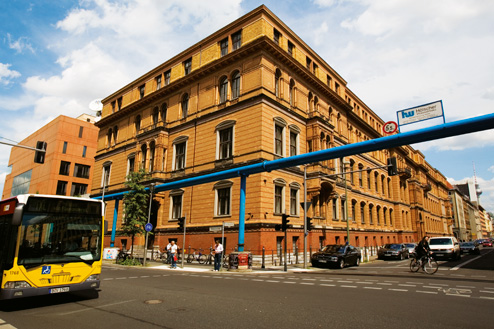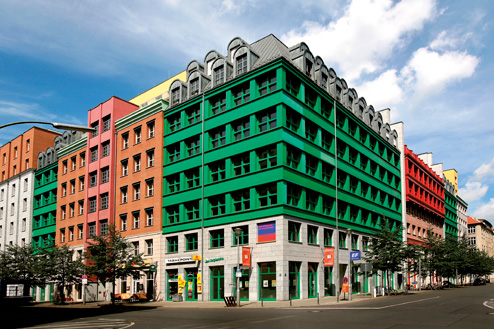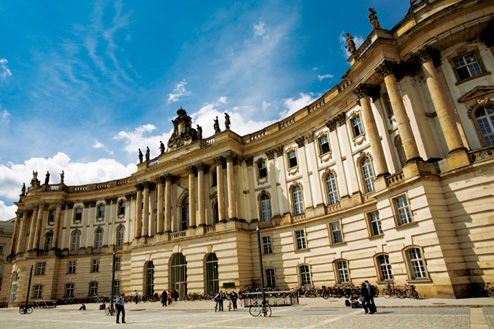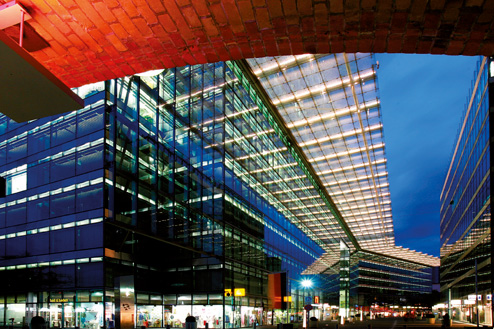Main Accommodation Options
Flush with reparations from the Napoleonic wars and booming along with the industrial revolution, Berlin began building blocks of five and six-storey apartment buildings at the turn of the century to house its growing population. The apartments are now known as Altbau and often boast creaky oak floors, large French doors and mouldings on the ceilings. Those in the former West were likely not renovated in the past decade or two, while those in the former East either have been recently upgraded or still may require coal ovens in each room for heat (you can save money by renting these kinds of apartments, but you’ll be responsible for finding and hauling the coal).
If an ageing abode isn’t for you, the post-war boom in West Berlin and the East German government’s desire to demonstrate progress resulted in plenty of new apartment buildings in the spaces where Allied bombs made room. These buildings can range from architectural masterpieces to dull Cold War caves. These buildings are usually better insulated and have amenities such as lifts and parking garages that Altbaus can lack. However, some of the bigger examples have become subsidised housing schemes, plagued by high crime rates. You’re likely to see these regularly but won’t stumble across them while looking for flats. Berlin has few New York-style apartment buildings with doormen and other services. Most are just a few storeys and all tenants are at least aware of each other.
Single-family houses and villas can also be found on the periphery of Berlin or in small settlements within the districts. Most were built in the 1920s, 1930s or 1950s. The most important thing to watch out for is a damp cellar – it can spark costly repairs and lengthy arguments with landlords about who’s responsible. You’ll find all types of accommodation available furnished or unfurnished – Möbiliert is a furnished pad.
If an ageing abode isn’t for you, the post-war boom in West Berlin and the East German government’s desire to demonstrate progress resulted in plenty of new apartment buildings in the spaces where Allied bombs made room. These buildings can range from architectural masterpieces to dull Cold War caves. These buildings are usually better insulated and have amenities such as lifts and parking garages that Altbaus can lack. However, some of the bigger examples have become subsidised housing schemes, plagued by high crime rates. You’re likely to see these regularly but won’t stumble across them while looking for flats. Berlin has few New York-style apartment buildings with doormen and other services. Most are just a few storeys and all tenants are at least aware of each other.
Single-family houses and villas can also be found on the periphery of Berlin or in small settlements within the districts. Most were built in the 1920s, 1930s or 1950s. The most important thing to watch out for is a damp cellar – it can spark costly repairs and lengthy arguments with landlords about who’s responsible. You’ll find all types of accommodation available furnished or unfurnished – Möbiliert is a furnished pad.

